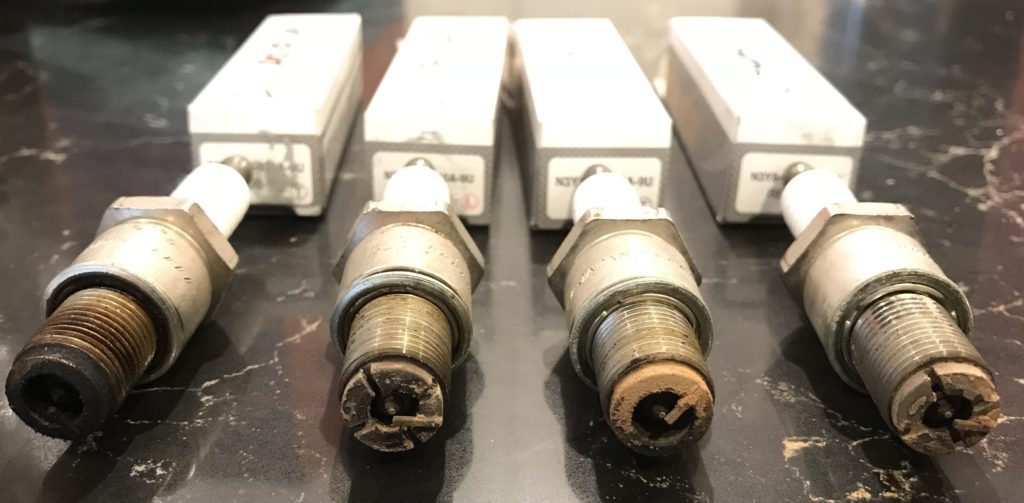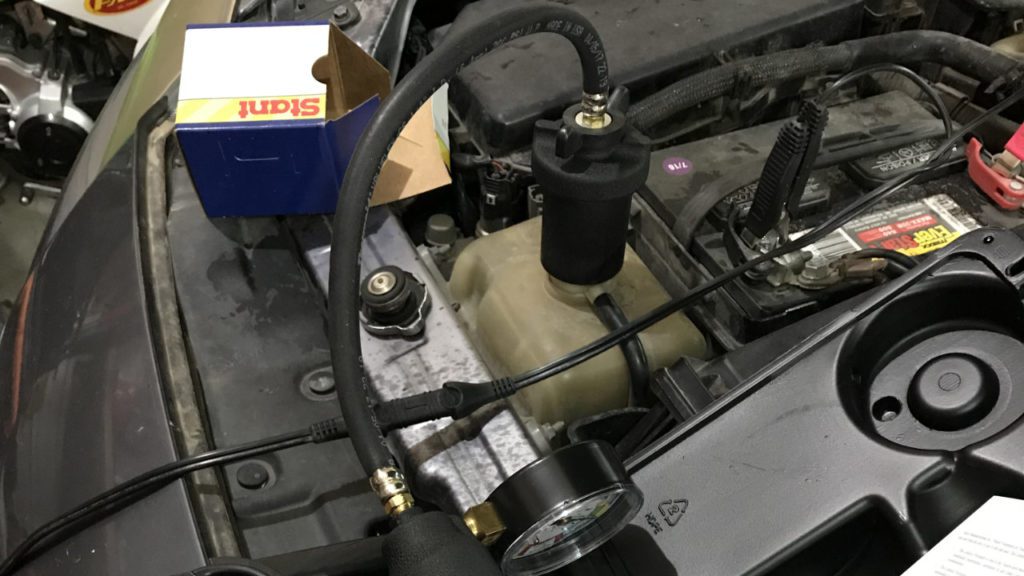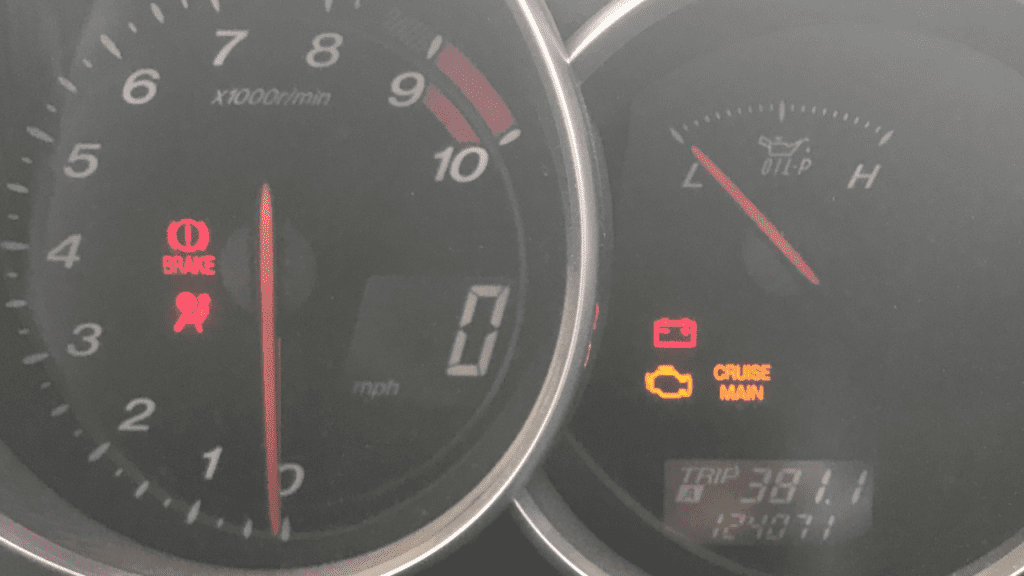Mazda RX-8 Maintenance Nightmare!
The previous article addressed the question, ‘Why did the Mazda RX-8 Engines Start Failing‘ and attributed the issue primarily to carbon deposits and poor engine lubrication. Upon reading that, you might think the RX-8 was doomed from the start. However, the reality is that it all comes down to maintenance. I will delve deeper into Mazda’s response to these failures in the next article. For now, it’s essential to understand what could exacerbate carbon buildup and reduce engine lubrication—namely, maintenance!
Maintenance Issues
While lubrication problems and internal carbon buildup are major culprits behind engine failures, they are not the only factors. The list of contributing issues is extensive and includes slow starter motors, ineffective ignition systems, aged oil, improper engine warm-ups, blocked oil injection systems, engine flooding, frequent short drives, and extended periods of low RPMs. However, the ignition system is largely considered the main offender. This is something that changed from the RX-7 and is because the RX-8’s coils were, unfortunately, of inferior quality compared to those in the RX-7 (primarily due to cost-cutting measures). Consequently, these coils tended to fail earlier than their counterparts in other ignition systems. The next article will cover many of the common maintenance items that should be done. However it’s important to note why and below are two big factors.
RX-8 Ignition System Challenges
Modern vehicles have greatly benefited from technological advancements such as platinum spark plugs, Electronic Fuel Injection (EFI), and coil-on-plug distribution. As a result, many components of their ignition systems are designed to last for at least 90,000 miles or more. In contrast, rotary engines present a unique set of challenges. Due to their naturally lower torque, especially at the lower end of the rev range, they typically operate at higher RPMs. This means the ignition system in a rotary-driven vehicle essentially works harder than in a traditional piston engine. Factor in the elevated temperatures at which rotaries operate, and it becomes clear why ignition components often require replacement around every 30,000 miles. The RX-7 was somewhat of an exception to this; although its coils were more expensive, they were notably robust and had a longer lifespan.
Flooding in Rotary Engines: A Puzzling Phenomenon
The notion that a fuel-injected engine could flood might seem counterintuitive, especially to those familiar with modern vehicles. However, anyone acquainted with the Mazda RX-8 understands the reality of this predicament.
Fuel flooding in an engine happens when an excess of fuel enters the combustion chamber without ignition. This liquid fuel can then “drown” the spark plugs, inhibiting their ability to spark and ignite the air-fuel mixture (the fuel would ideally be a vapor). In traditional piston engines, flooding is typically linked to older carbureted engines where, manual choke operations or carburation issues might result in an overly rich mixture. But with rotary engines, the problem can manifest during startup due to increased fuel volumes.
Mazda, recognizing the problem, offered RX-8 drivers a solution. Contrary to expectations, pressing the gas pedal to the floor during startup doesn’t flood the engine with additional fuel. Instead, it instructs the ECU (Engine Control Unit) to stop fuel injection entirely. The recommended method entails multiple short starting attempts with intervals in between to prevent the starter motor overheating. After these attempts, the engine should be started in the regular manner.
So, what made the RX-8 prone to this issue? Theories and experiences from owners suggest several likely causes:
- Failing Ignition System: The RX-8’s ignition components, particularly the coils, spark plugs, and plug wires or HT leads, were prone to premature wear and failure. If these components aren’t in optimal condition, the chances of a proper ignition reduce, increasing the possibility of flooding.
- Low Compression: A rotary engine with worn seals or internal components may suffer from reduced compression. An engine with low compression struggles to generate enough pressure for the air-fuel mixture to ignite reliably.
- Weak Battery or Starter: An old or dying battery might not provide enough power for the starter motor to turn the engine over at the necessary speed for ignition. Similarly, a failing starter may not spin the engine quickly enough.
While flooding might be viewed as a symptom of these underlying issues, it’s a stark reminder of the RX-8’s unique character and the attention it demands from its owner. If you are in this situation and the above doesn’t work, check out this article all about flooding on rx8club.com.
This is just a short note on the RX-8 Maintenance Nightmare! Next time we will get into how Mazda responded to the issues with the RX-8.


